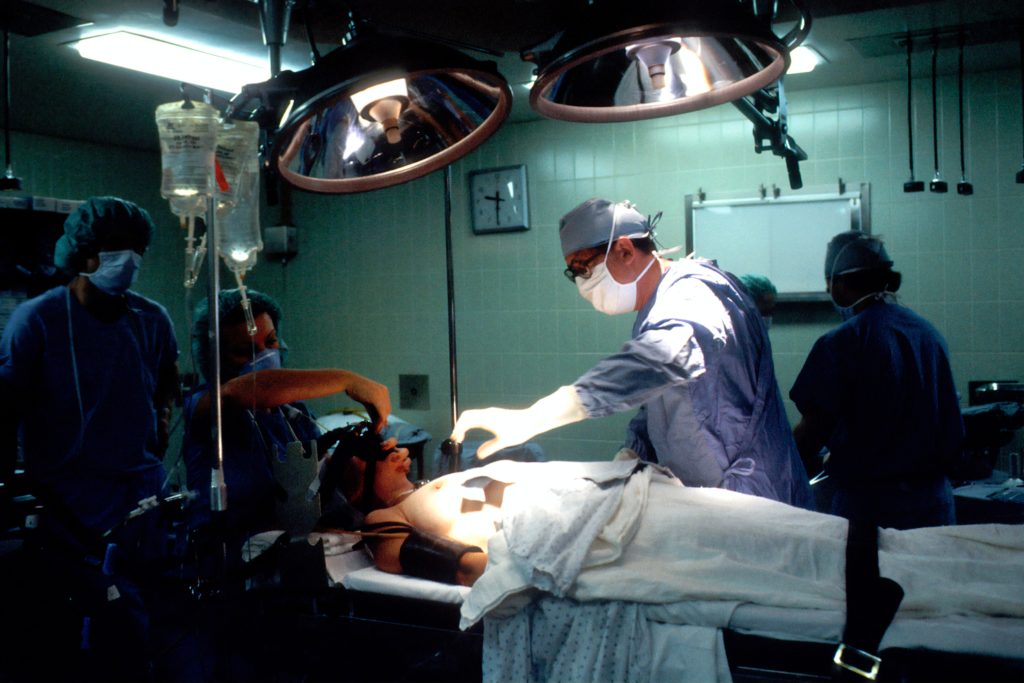Nobody wants to get the news that they have breast cancer. The moment you hear it, your life changes forever. You are suddenly faced with alien medical terminology, an array of hospital appointments and various leaflets to read. But most importantly, you find yourself in a position of not only trying to understand and digest the news, but you also have to make choices, which can be life-changing.
Breast cancer treatment consists, broadly speaking, of three modalities; surgery, drugs e.g. chemotherapy and tablets and radiotherapy. The sequence by which these are given are tailored to the person’s cancer, so some patients may be recommended to have surgery first, for others, chemotherapy would be the first-line treatment. The healthcare professional would recommend what they feel is the best treatment option, but always with a full discussion with the patient.
Surgical treatment options in simple terms are either a lumpectomy (breast conservation surgery) or a mastectomy with or without reconstruction. If the cancer is reasonably small in comparison to the size of the breast, then breast conservation surgery would be the recommended treatment. Some would argue however, that mastectomy should be brought up in the conversation and then the reasons why a lumpectomy has been recommended over a mastectomy, should be explained.
As mentioned, a mastectomy is the other surgical procedure we perform to treat breast cancer. This is where the whole of the breast is removed. In the UK, if a mastectomy is recommended, then patients are given the choice to have breast reconstruction.

I recently had a conversation with someone who felt that she was not given an important alternative choice.
She was diagnosed with extensive screen-detected breast cancer and a completion mastectomy was recommended after breast conservation surgery found that the disease was more extensive. So, as part of her cancer treatment, breast reconstruction was offered, specifically the DIEP (deep inferior epigastric perforator) flap reconstruction.
There is, of course, another option and that is not to have any form of reconstruction at all. Breast reconstruction can involve long general anaesthetic times, more scars, increased risk of more complications and prolonged recovery time, and if you feel this is not for you, then you can choose not to have it.
After these discussions, she decided to do her own research about her possible options and seek out information herself by going online. It was fortunate that she found some useful and reliable resources that helped her decide that reconstruction was not for her. In the end, she decided to have a simple mastectomy and go flat, an option that she said was not presented to her.
Having reflected upon my conversation, it reminded me about the importance of good communication. As healthcare professionals, we can feel the pressures of work and time. Clinic consultations can be very busy as well as mentally and physically demanding. We perhaps can get into a workflow that can become too familiar. It is important however to realise that every consultation is different from the one before. Discussing treatment options can be complex and difficult to convey. We are here to guide the decision-making process, however, we must not forget that when all is said and done, the patient ultimately has the final choice in how they want to be treated and options need to be discussed fully.


